- COBIT
Control Objectives for Information and Related Technology (COBIT) is a framework created by ISACA for information technology (IT) management and IT governance. It is a supporting toolset that allows managers to bridge the gap between control requirements, technical issues and business risks.
ISACA published the current version, COBIT 5, in 2012
http://en.wikipedia.org/wiki/COBIT
- The COBIT - Control Objectives for Information and related Technology corresponds to a structure that embraces all the activities related to the "informatics" for the Information Technology (IT) governance, while the ITIL - Information Technology Infrastructure Library helps in the definition of the processes associated to the IT services which complements the initiative of businesses processes.
In general, the in order are widely recognized was centered The implementation of as well as that were solved and closed by the several information technology services, as well as
- COSO Framework
Strategy and
Governance and Culture
The Performance Segment- risks should
Information, Communication and Reporting- proper communication internally and externally
Review and Revision
Just like COSO, COBIT has its 5 strategic principles, with varying purposes and goals, as follows.
Covering Enterprise End-to-End
Meeting Stakeholder Needs- Determines resources needed based on people bearing risks and those receiving benefits.
Applying a Single Integrated Framework
Enabling a Holistic Approach- has the interconnection of information, policies, infrastructure, people, organizational structures, culture and all processes.
Separating Governance and Management
Difference between COBIT 5 and COSO
COSO establishes the guiding principles for organizations to institute risk tolerance and reduce fraud.
Companies that use COSO for establishing their risk reporting approaches can
COBIT 5 sets the plans of COSO in
Why do organizations need both COSO and COBIT?
COSO and COBIT 5 need to work together on risk governance and a controlled landscape for companies to comply with security requirements.
https://knowtechie.com/what-are-the-differences-between-cobit-coso/
- What is the COSO Framework?
The COSO Framework, most recently updated in 2016, provides an applied risk management approach to internal controls. Applicable to both financial reporting and internal reporting, the COSO framework focuses on five interrelated strategic points.
What are the differences between COBIT 5 and COSO?
COSO acts like the building plans for a new house. The framework lays out the general locations of rooms. COSO allows an organization to frame the building. However, walking through a framed home only shows an outline of how the final plan will look.
COBIT 5 shows organizations where to put the electrical systems, plumbing, and then puts up the drywall. This framework sets the COSO plan into action with details that allow organizations to secure the IT environment.
https://reciprocitylabs.com/what-are-the-differences-between-cobit-coso/
- COSO is a model for corporate governance, and COBIT is a model for IT governance
COSO deals more at the strategic level, while COBIT focuses more at the operational level.
COBIT is a way to meet many of the COSO objectives, but only from the IT perspective.
COSO deals with non-IT items also, as in company culture, financial accounting principles, board of director responsibility, and internal
communication structures
Frameworks such as the Control Objectives for Information and related Technology (CobiT) and the Committee of Sponsoring Organizations of the Treadway Commission (COSO) framework aid regulatory compliance, but don't provide actual risk management methodologies.
While
COSO focuses on the strategic level, while CobiT focuses more on the operational level. You can think of CobiT
http://www.pearsonitcertification.com/articles/article.aspx?p=1594876&seqNum=2
- What is the ISO 27000 series of standards?
The ISO/IEC 27000 family of information security standards, also known as the ISO 27000 series,
https://www.itgovernance.co.uk/blog/what-is-the-iso-27000-series-of-standards
- What is an ISMS and 9 reasons
why you should
What is an ISMS?
A centrally managed framework for keeping an organisation’s information safe.
A set of policies, procedures, technical and physical controls to protect the confidentiality, availability and integrity of information.
Not an IT function but a business management process.
https://www.itgovernance.co.uk/blog/what-is-an-isms-and-9-reasons-why-you-should-implement-one
- NIST SP 800-37 Rev. 2
Risk Management Framework for Information Systems and Organizations: A System Life Cycle Approach for Security and Privacy
This publication describes the Risk Management Framework (RMF) and provides guidelines for applying the RMF to information systems and organizations. The RMF provides a disciplined, structured, and flexible process for managing security and privacy risk that includes information security categorization; control selection, implementation, and assessment; system and common control authorizations; and continuous monitoring. The RMF includes activities to prepare organizations to execute the framework at
https://csrc.nist.gov/publications/detail/sp/800-37/rev-2/final
- What is NIST SP 800-53? Definition and Tips for NIST SP 800-53
Compliance
NIST SP 800-53 is a set of standards and guidelines to help federal agencies and contractors meet the requirements set by the Federal Information Security Management Act (FISMA).
https://digitalguardian.com/blog/what-nist-sp-800-53-definition-and-tips-nist-sp-800-53-compliance
- What is HIPAA Compliance?
http://www.onlinetech.com/resources/references/what-is-hipaa-compliance
- HIPAA Compliance Checklist
http://www.hipaajournal.com/hipaa-compliance-checklist/
- What is HITRUST vs. HIPAA?
While HIPAA is an act that details standards for compliance, HITRUST is an organization that helps you achieve those standards. The major difference is that HIPAA is simply a set of regulations while HITRUST assists companies with achieving compliance to those regulations
Additionally, it is important to be aware of how the two relate. HITRUST can be of service to those who are looking to use multiple service vendors while ensuring HIPAA compliance
https://www.givainc.com/blog/index.cfm/2017/2/6/What-is-HITRUST-vs-HIPAA
• ISO/IEC 27001 ISMS requirements
• ISO/IEC 27002 Code of practice for information security management
• ISO/IEC 27003 Guideline for ISMS implementation
• ISO/IEC 27004 Guideline for information security management measurement and metrics framework
• ISO/IEC 27005 Guideline for information security risk management
• ISO/IEC 27006 Guidance for bodies providing audit and certification of information security management systems
• TOGAF Model and
• ITIL Processes to allow for IT service management developed by the United Kingdom’s Office of Government Commerce
• Six Sigma Business management strategy that can
• Capability Maturity Model Integration (CMMI) Organizational development for process improvement developed by Carnegie Mellon
- GDPR
General Data Protection Regulation
The European Data Protection Regulation is applicable as of May 25th, 2018 in all member states to harmonize data privacy laws across Europe.
https://gdpr-info.eu/
- PCI DSS
Maintaining payment security
https://www.pcisecuritystandards.org/pci_security/
FedRamp
The
https://www.fedramp.gov/
- About the BSIMM
Bringing science to software security
The Building Security In Maturity Model (BSIMM, pronounced “bee
BSIMM is not a how-to guide, nor is it a one-size-fits-all prescription. Instead, it
https://www.bsimm.com/about.html
-
BSIMM is made consists of
https://www.bsimm.com/framework.html
Beyond ISO Intel's Product Security Maturity Model (PSMM)
Varonis and the Building Security in Maturity Model (BSIMM)
the
Demonstrate
Global Information Assurance Certification (GIAC) is the leading provider and developer of Cyber Security Certifications. GIAC tests and validates the ability of practitioners in information security, forensics, and software security
https://www.giac.org
ISO/IEC 27001, part of the growing ISO/IEC 27000 family of standards, is an information security management system (ISMS) standard published in October 2005 by the International Organization for Standardization (ISO) and the InternationalElectrotechnical – – – –
http://en.wikipedia.org/wiki/ISO/IEC_27001
The Federal Information Processing Standard (FIPS) Publication 140-2 is a U.S. government computer security standard used to accredit cryptographic modules
The National Institute of Standards and Technology (NIST) issued the FIPS 140 Publication Series to coordinate the requirements and standards for cryptography modules that include both hardware and software components
Protection of a cryptographic module within a security system is necessary to maintain the confidentiality and integrity of the information protected by the module.
http://en.wikipedia.org/wiki/FIPS_140-2
The Payment Card Industry (PCI) Data Security Standard (DSS) is an information security standard defined by the Payment Card Industry Security Standards Council.
PCI certification is required
The certification is designed
a number of
https://en.wikipedia.org/wiki/Payment_Card_Industry_Data_Security_Standard
http://www.commercev3.com/3232/pci-dss-level-1-certification-faq#1
www. pcisecuritystandards .
Private information must be secured Customers must be notified have the ability to User activity must be tracked
It was published
It is often considered a subset of systems development life cycle.
- What Is SSAE 16?
SSAE 16 stands for Statements on Standards for Attestation Engagements No. 16. Effective in mid-2011, this new auditing standard superseded the SAS 70 standard. According to AICPA, the SSAE 16 requires companies, like data centers, to provide a written report that describes any and be relevant May of 2017
What Is SSAE 18?
What Is SOC 1?
The SSAE 18 SOC 1, sometimes just stated as SOC 1, is the report you get when you are audited key with respect to payroll provider , in the end, you will be held
What Is SOC 2?
The SOC 2 is a separate report that focuses on controls at a service provider relevant to security, availability, processing integrity, confidentiality, and privacy of a system. It ensures that your data is kept at any time
This is a crucial report for any type of that
If you use a third-party CRM provider, for instance, the SOC 2 report will verify the provider’s ability to keep the records online and the identity of your customers secure and in line with your own Privacy Policy.
The SOC 1 and SOC 2 reports come in two forms: Type I and Type II. Type I reports evaluating Type II reports are done a period of
https://www.atlantic.net
- CISA
Certified Information Systems Auditor (CISA) is a professional certification for Information Technology Audit professionals sponsored by ISACA, formerly the Information Systems Audit and Control Association. Candidates for the certification must meet requirements set by ISACA on educational qualification and professional experience.
- CISSP® - Certified Information Systems Security Professional
The vendor-neutral CISSP certification is the ideal credential for those with proven deep technical and managerial competence, skills, experience, and credibility to design, engineer, implement, and manage their overall information security program to protect organizations from growing sophisticated attacks.
- CISM
Certified Information Security Manager (CISM) is a certification for information security managers awarded by ISACA (formerly the Information Systems Audit and Control Association)
Why Employers Hire CISMs?
Enterprises and government agencies increasingly recognize, require and expect their
CISM employees:
Identify critical issues and customize company-specific practices to support the governance of information and related technologies
Bring credibility to the enterprise for which they are employed
Take a comprehensive view of information systems security management and their relationship to organizational success
Ensure that there is improved
Provide the enterprise with a certification for Information security management that is recognized
http://www.isaca.org/Certification/CISM-Certified-Information-Security-Manager/What-is-CISM/Pages/default.aspx
- Certified in Risk and Information Systems Control (CRISC)
Why Employers Hire CRISCs
CRISCs bring additional professionalism to any organization by demonstrating
CRISC employees:
Build greater understanding about the impact of IT risk and how it relates to the overall organization
Assure development of more effective plans to mitigate risk
Establish a common perspective and language about IT risk
ISACA draws on a global network of leading professionals to develop its certification programs. With access to experts around the world, ISACA is defining how IT risk is managed
http://www.isaca.org/Certification/CRISC-Certified-in-Risk-and-Information-Systems-Control/What-is-CRISC/Pages/The-Benefits-of-CRISC.aspx
- CISSP
Certified Information Systems Security Professional (CISSP) is an independent information security certification governed by International Information Systems Security Certification Consortium
- Global Information Assurance Certification (GIAC) is the leading provider and developer of Cyber Security Certifications.
Global Information Assurance Certification (GIAC) is the leading provider and developer of Cyber Security Certifications. GIAC tests and validates the ability of practitioners in information security, forensics, and software security
https://www.giac.org
- ISO/IEC 27001
ISO/IEC 27001, part of the growing ISO/IEC 27000 family of standards, is an information security management system (ISMS) standard published in October 2005 by the International Organization for Standardization (ISO) and the International
http://en.wikipedia.org/wiki/ISO/IEC_27001
- FIPS 140-2
The Federal Information Processing Standard (FIPS) Publication 140-2 is a U.S. government computer security standard used to accredit cryptographic modules
The National Institute of Standards and Technology (NIST) issued the FIPS 140 Publication Series to coordinate the requirements and standards for cryptography modules that include both hardware and software components
Protection of a cryptographic module within a security system is necessary to maintain the confidentiality and integrity of the information protected by the module.
http://en.wikipedia.org/wiki/FIPS_140-2
- what is PCI-DSS certification?
The Payment Card Industry (PCI) Data Security Standard (DSS) is an information security standard defined by the Payment Card Industry Security Standards Council.
- The PCI Data Security Standard specifies twelve requirements for compliance, organized into six logically related groups called "control objectives".
https://en.wikipedia.org/wiki/Payment_Card_Industry_Data_Security_Standard
- What is a PCI Validated Service Provider?
http://www.commercev3.com/3232/pci-dss-level-1-certification-faq#1
- The PCI Security Standards Council offers robust and comprehensive standards and supporting materials to enhance payment card data security. These materials include a framework of specifications, tools, measurements and support resources to help organizations ensure the safe handling of cardholder information at every step.
www
- The Payment Card Industry Data Security Standard (PCI DSS) is a widely accepted set of policies and procedures intended to optimize the security of credit, debit and cash card transactions and protect cardholders against misuse of their personal information. The PCI DSS
was created
- the Critical Infrastructure Protection in the Information Age, re-designating the National Security Telecommunications and Information Systems Security Committee (NSTISSC) as the Committee on National Security Systems
The CNSS defines several standards, which include standards on training in IT security. Current certifications include:
NSTISSI-4011 National Training Standard for Information Systems Security (INFOSEC) Professionals
CNSSI-4012 National Information Assurance Training Standard for Senior Systems Managers
CNSSI-4013 National Information Assurance Training Standard For System Administrators
CNSSI-4014 Information Assurance Training Standard for Information Systems Security Officers
NSTISSI-4015 National Training Standard for Systems Certifiers
CNSSI-4016 National Information Assurance Training Standard For Risk Analysts
https://en.wikipedia.org/wiki/Committee_on_National_Security_Systems
- The Gramm-Leach-Bliley Act (GLB Act or GLBA)
is also known be shared in accordance with institution
BENEFITS OF GLBA COMPLIANCE
https://digitalguardian.com/blog/what-glba-compliance-understanding-data-protection-requirements-gramm-leach-bliley-act
- Recapping the End of Safe Harbor
Safe Harbor refers to the set of principles developed between 1998 and 2000, which were designed to ensure were required
Notice: The purpose behind data collection and usage must be fully disclosed
Choice: Opt-out opportunities must be provided
Onward Transfer: All future data transfers must follow Safe Harbor Privacy Principles or another comparable directive.
Security: Information must be adequately protected
Data Integrity: All personal data gathered must be relevant, and the data’s reliability should be verified
Access: If an individual’s personal information has been gathered have the right to modify
Enforcement: The compliance of these rules by each organization must be feasible – be handed
Moving on to GDPR
After the grace period for Safe Harbor was up, the act that was put
https://www.nefiber.com/blog/gdpr-changes-safe-harbor-mean-businesses/
- NIST SP800-171 or just 800-171 is a codification of the requirements that any non-Federal computer system must follow
in order This document is based
https://www.cmu.edu/iso/compliance/800-171/index.html
- What is DFARS and NIST SP 800-171?
The NIST Special Publication 800-171 requirement was developed in conjunction
https://www.cybersaint.io/the-definitive-guide-to-dfars-compliance-and-nist-sp-800-171
- All DoD contractors that process, store or transmit Controlled Unclassified Information (CUI) must meet DFARS minimum security standards or risk losing their DoD contracts.
DFARS provides a set of adequate security controls to safeguard information systems where contractor data resides
https://www.nist.gov/mep/cybersecurity-resources-manufacturers/dfars-compliance
- CMMC stands for “Cybersecurity Maturity Model Certification”. The CMMC will encompass multiple maturity levels that ranges from “Basic Cybersecurity Hygiene” to “Advanced/Progressive”. The intent is to incorporate CMMC into Defense Federal Acquisition Regulation Supplement (DFARS) and use it as a requirement for contract award.
https://www.acq.osd.mil/cmmc/faq.html
- The CMMC Framework
The CMMC model framework organizes processes and cybersecurity best practices into a set of domains. For each of the 17 domains, there are processes that span five levels of cybersecurity maturity. Additionally, each of the domains contain one or more capabilities spanning the five levels. And, for a given capability, there are one or more practices that must be demonstrated.
The 17 Domains
Each domain is comprised of processes and capabilities across the five levels. The domains include:
Access Control (AC)
Asset Management (AM)
Awareness and Training (AT)
Audit and Accountability (AU)
Configuration Management (CM)
Identification and Authentication (IA)
Incident Response (IR)
Maintenance (MA)
Media Protection (MP)
Personnel Security (PA)
Physical Protection (PE)
Recovery (RE)
Risk Management (RM)
Security Assessment (CA)
Situational Awareness (SA)
System and Communication Protection (SC)
https://www.mstech.com/cmmc-version-one/
- ISO/IEC 15288
The ISO/IEC 15288 is a systems engineering standard covering processes and lifecycle stages.
https://en.wikipedia.org/wiki/ISO/IEC_15288
- A software development process, also known as a software development life cycle (SDLC
), is a structure imposed on the development of a software product.
Similar terms include software life cycle and software process
ISO/IEC 12207 is an international standard for software life-cycle processes
Software life cycle processes is an international standard for software lifecycle processes.
https://en.wikipedia.org/wiki/ISO/IEC_12207
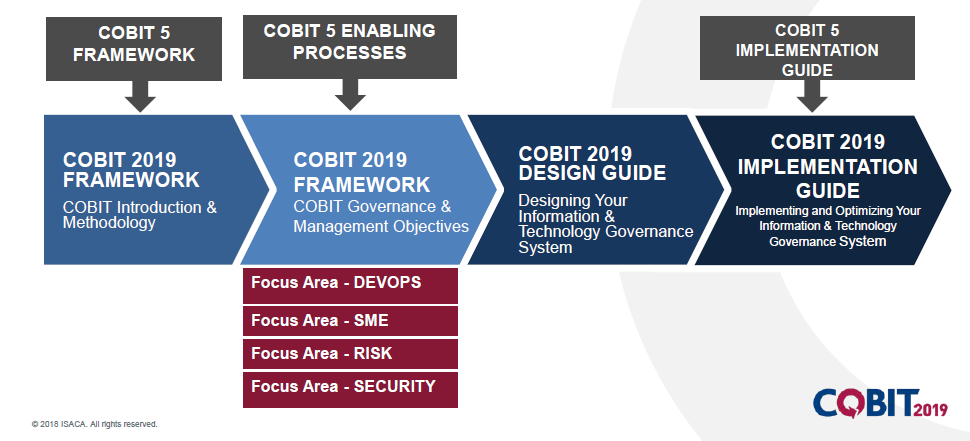
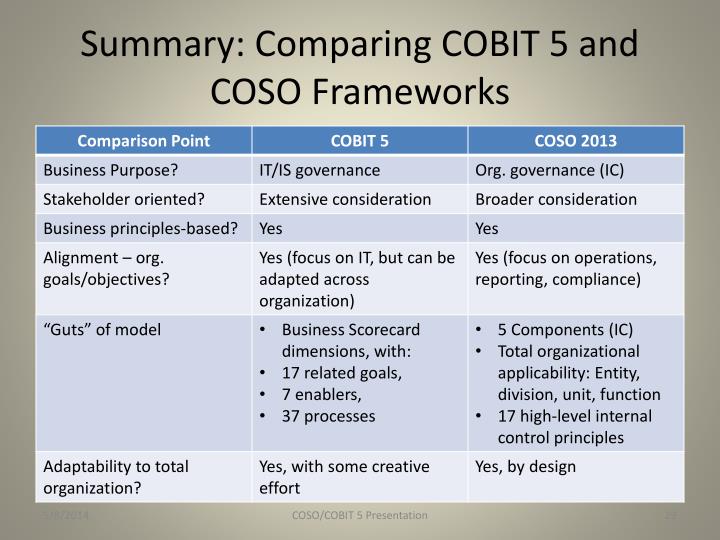



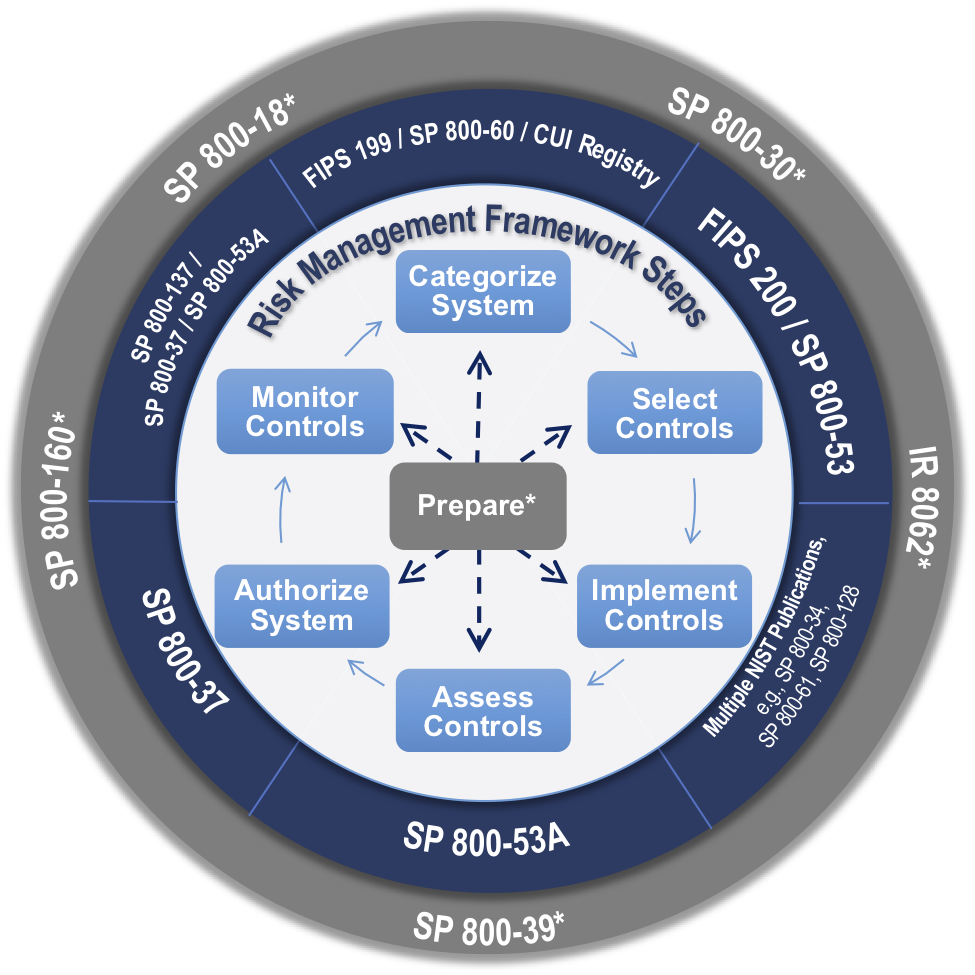


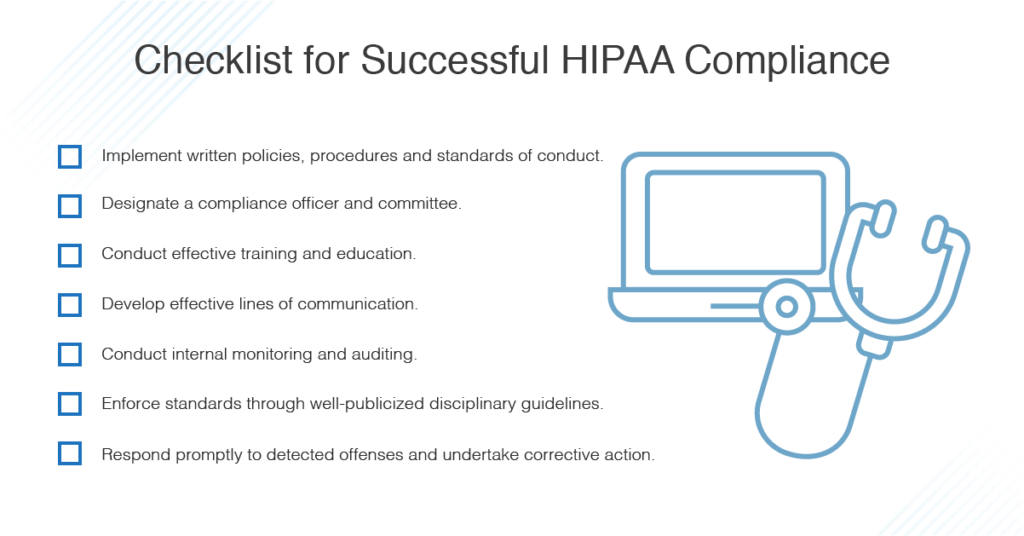

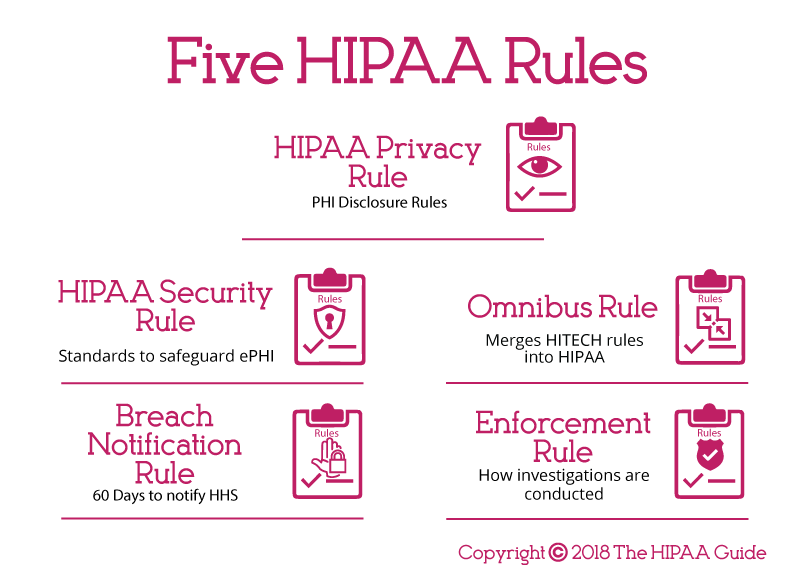
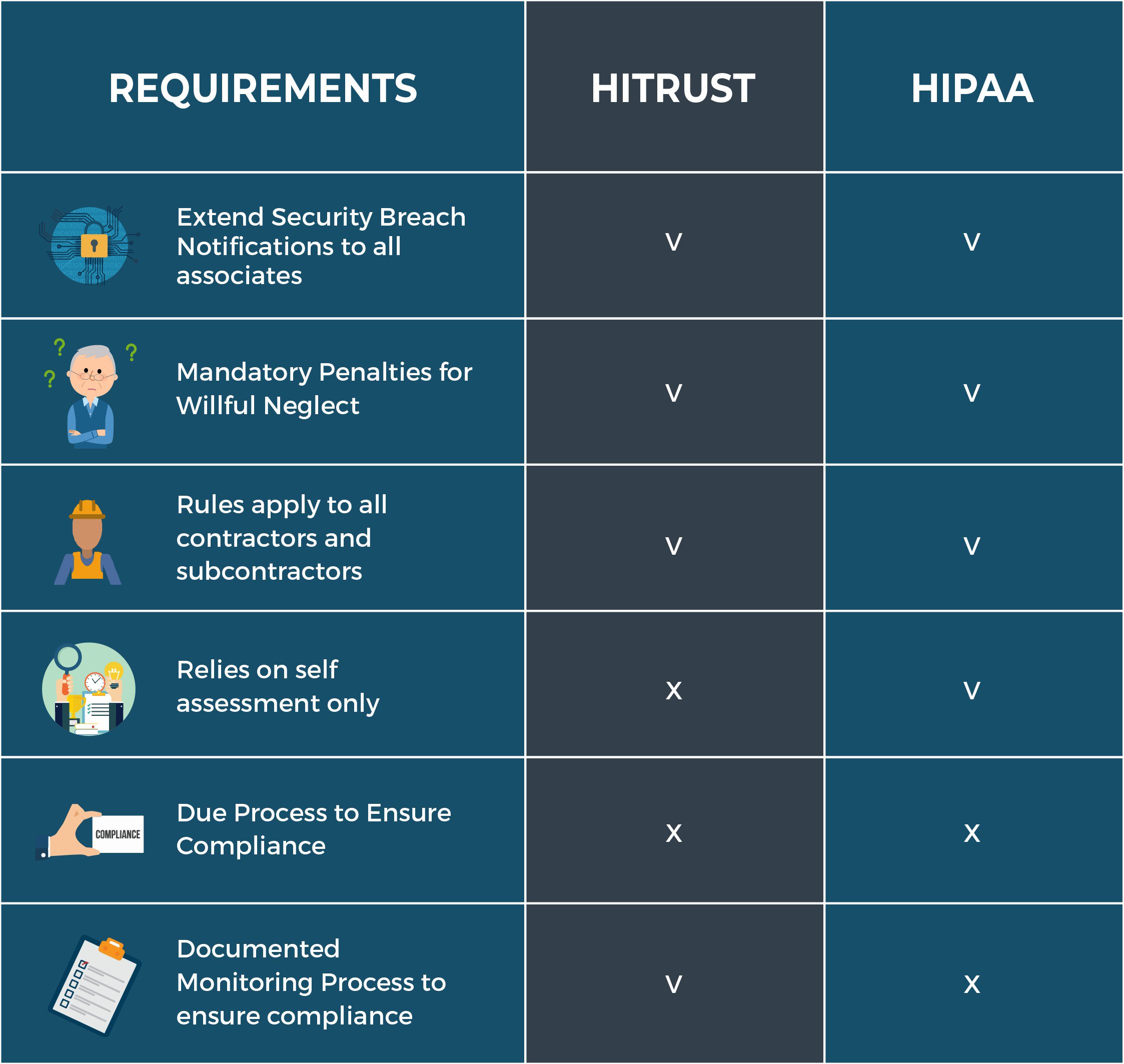

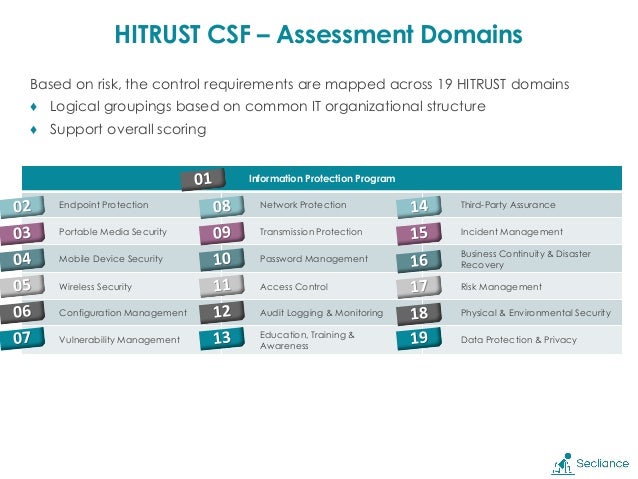
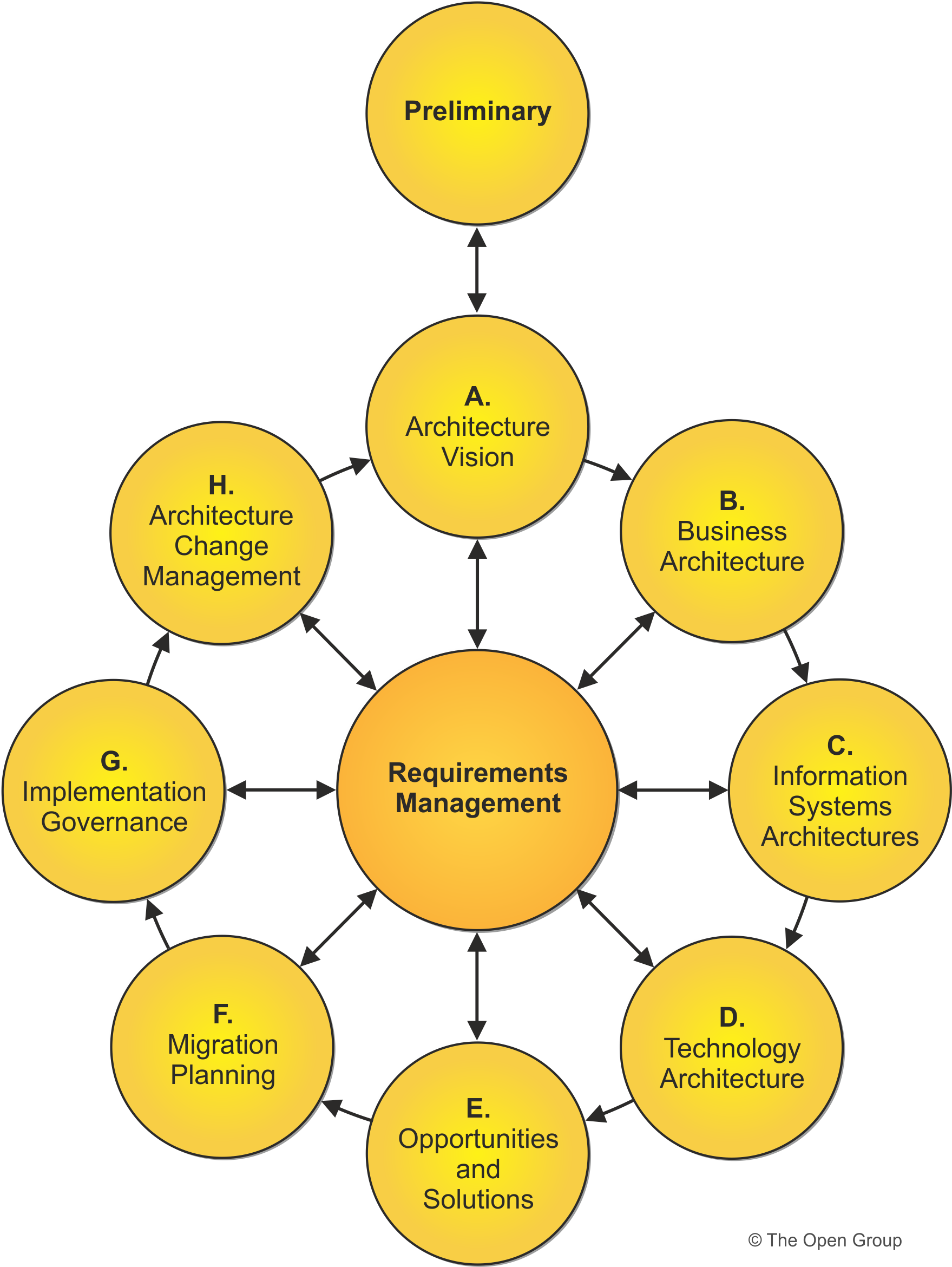
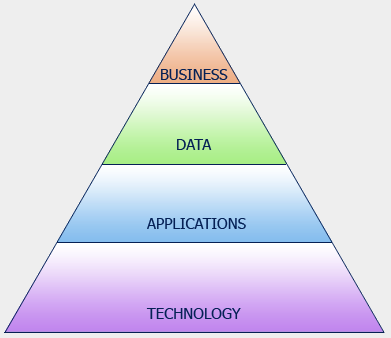


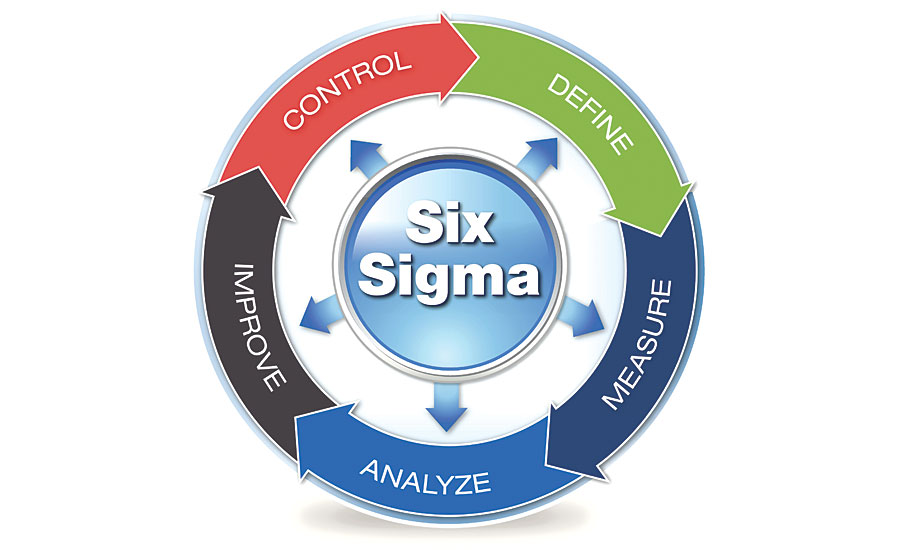
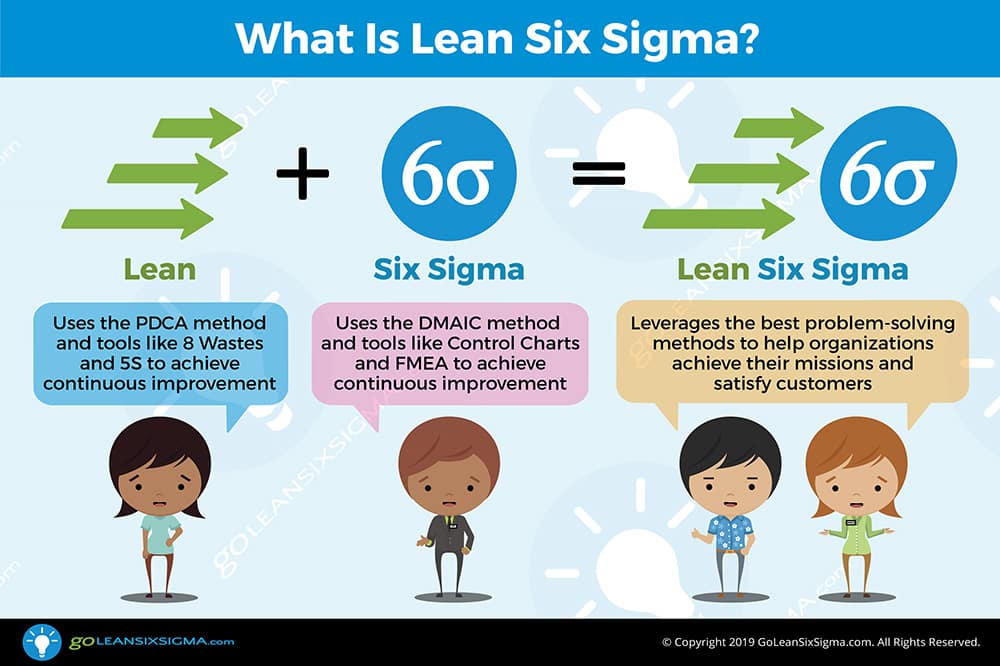
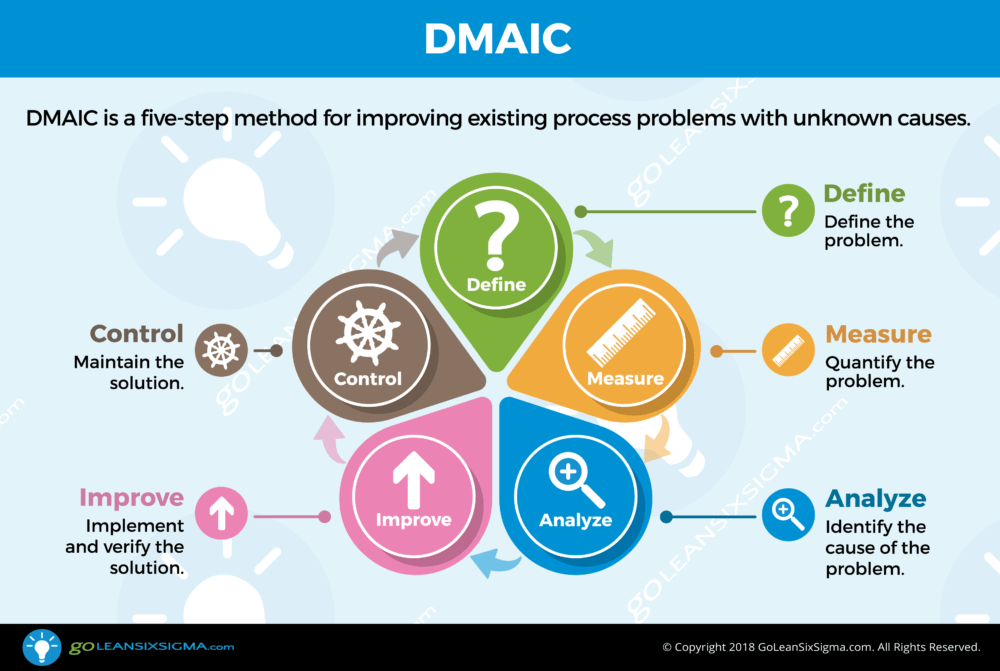


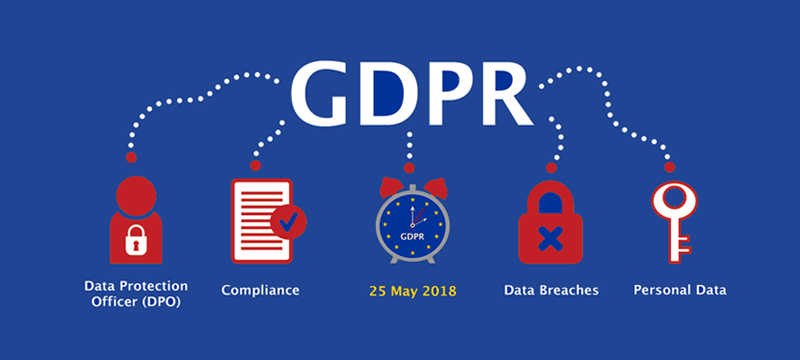




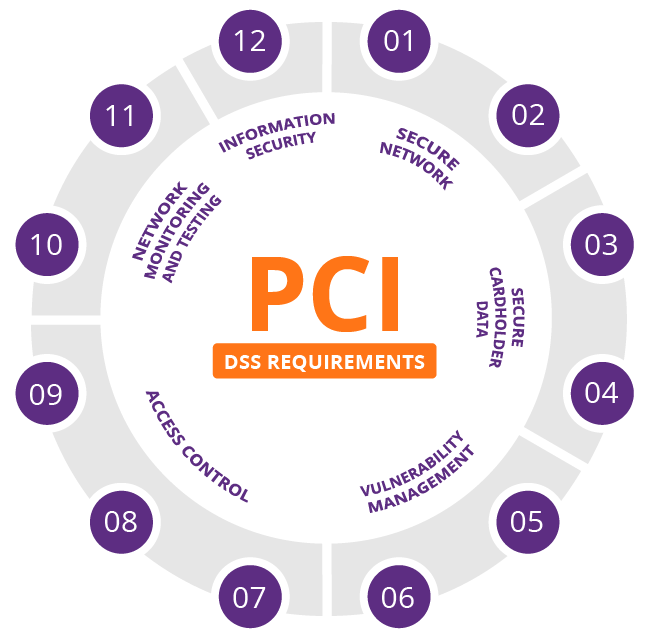


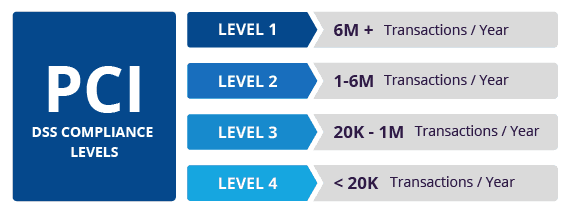





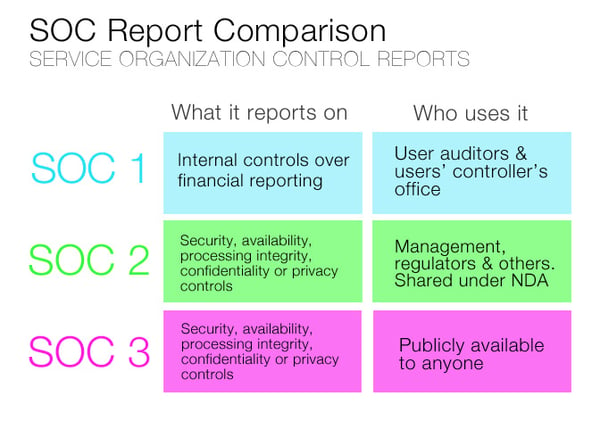

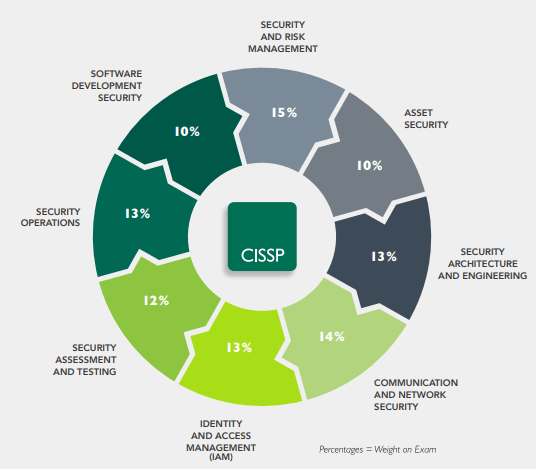





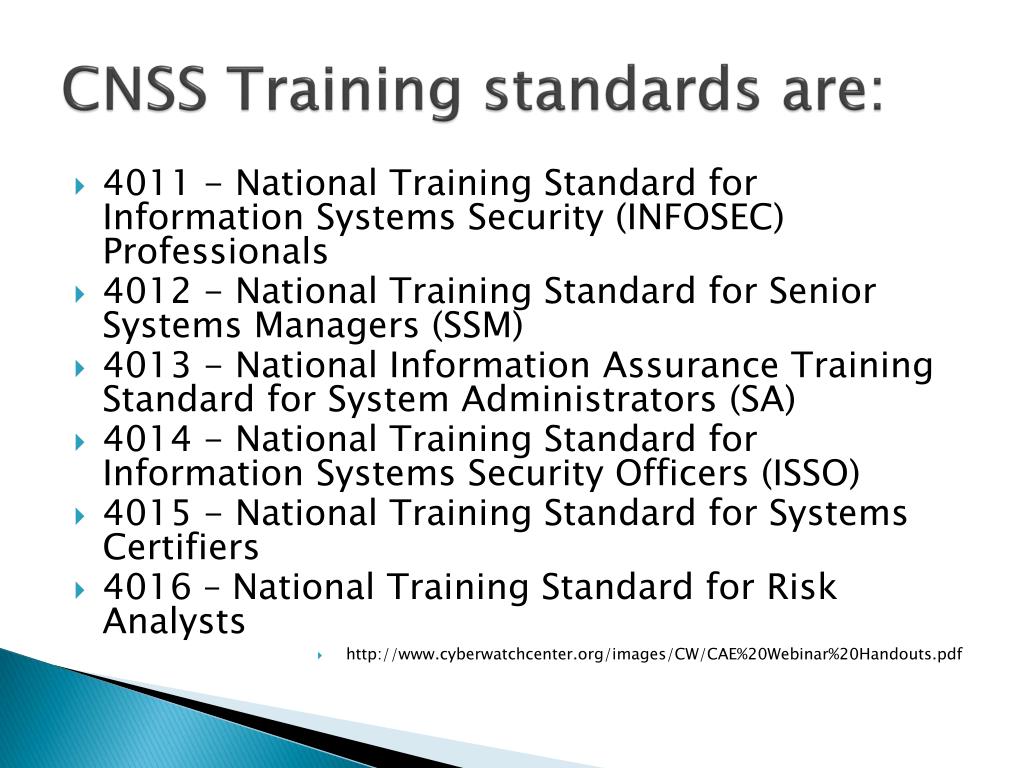






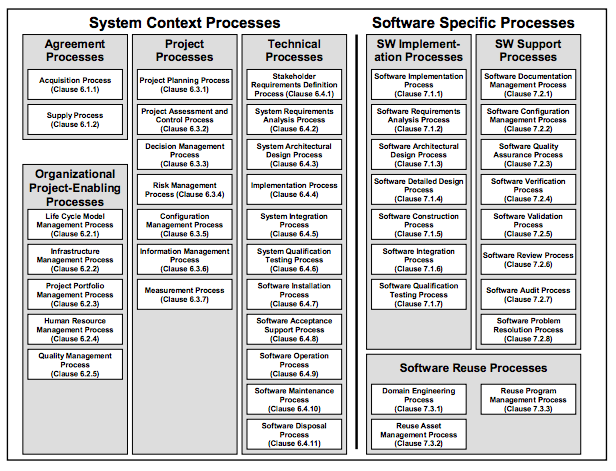
No comments:
Post a Comment